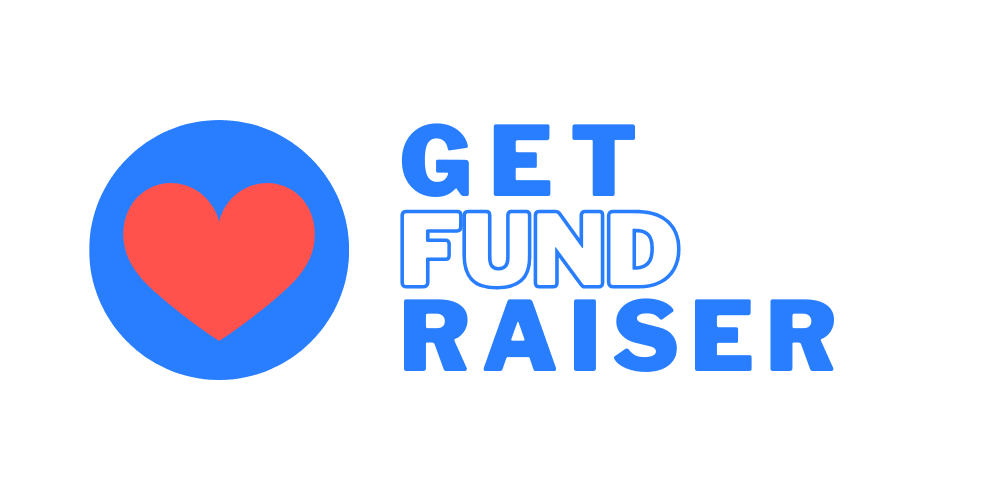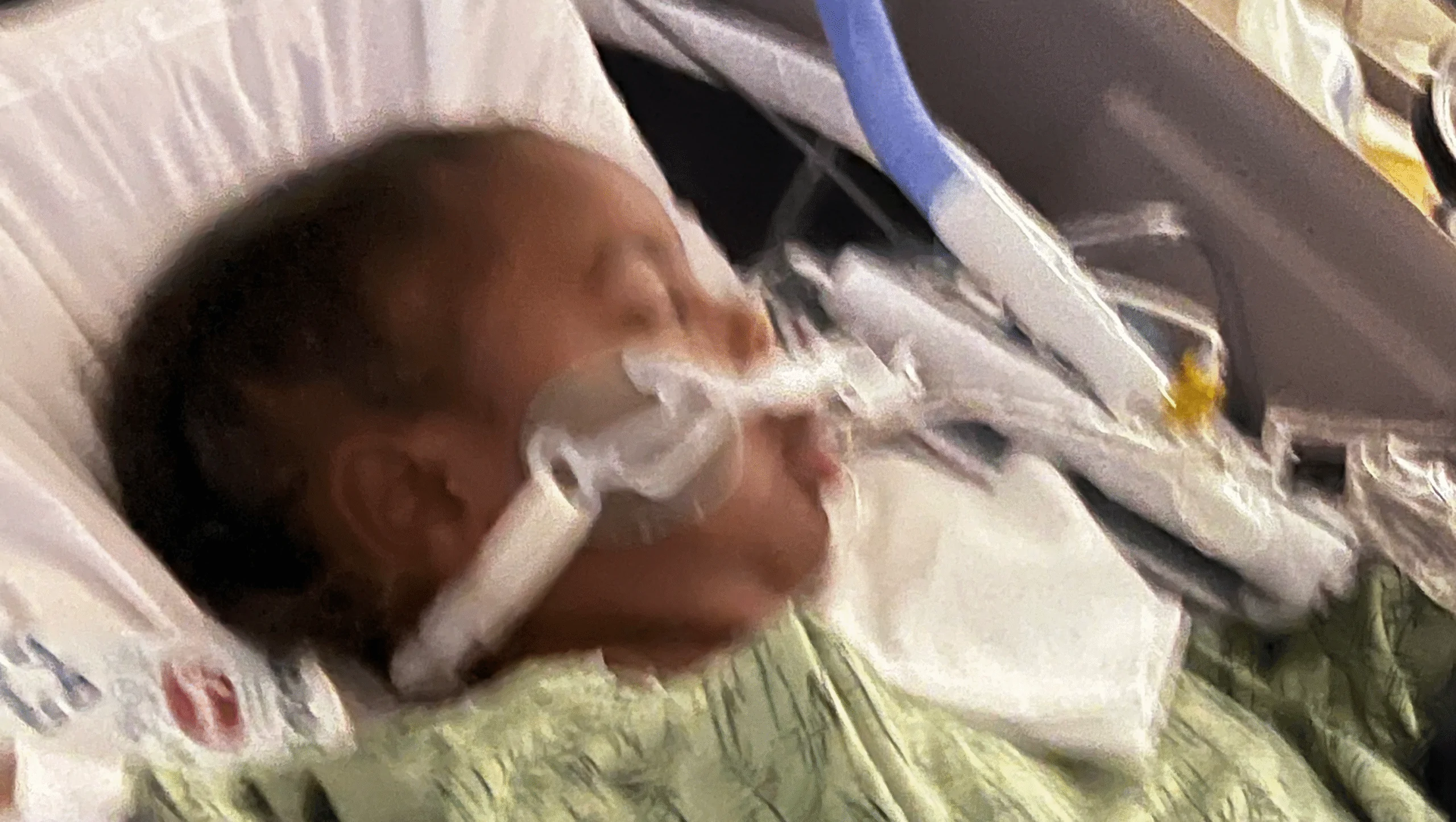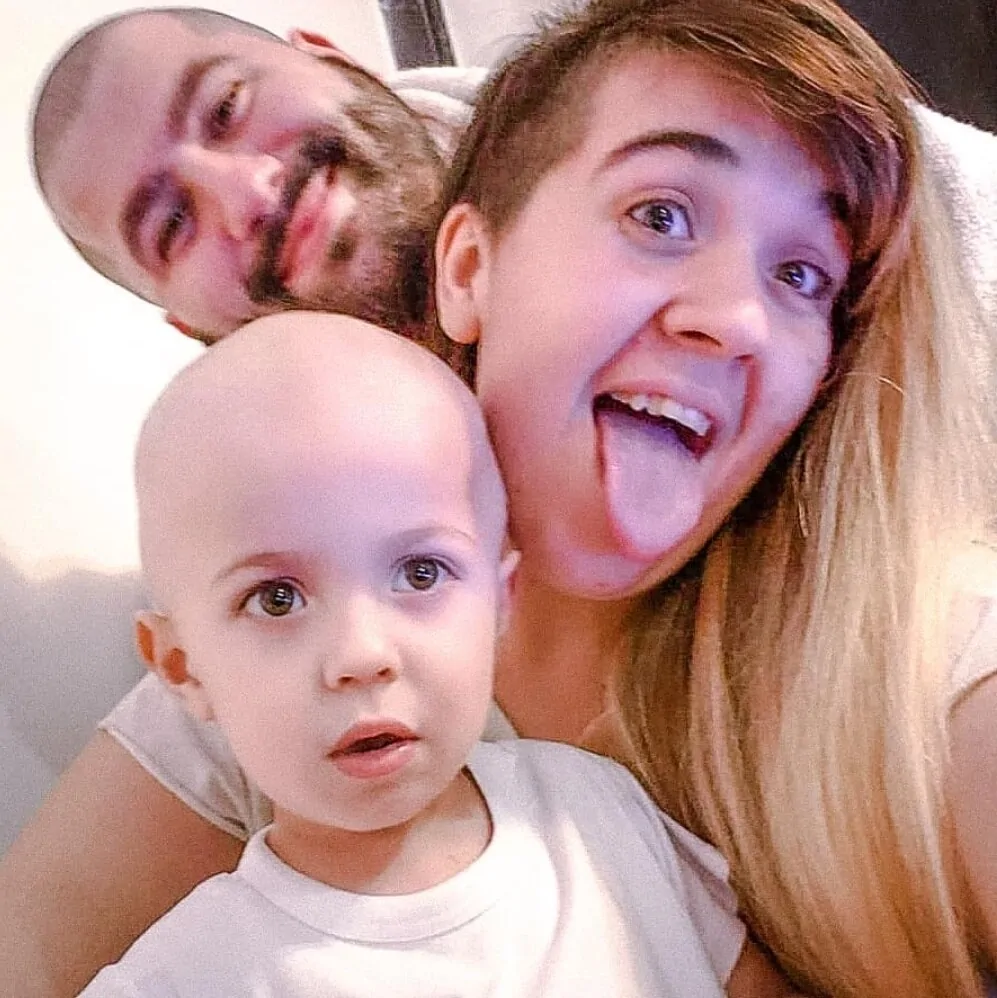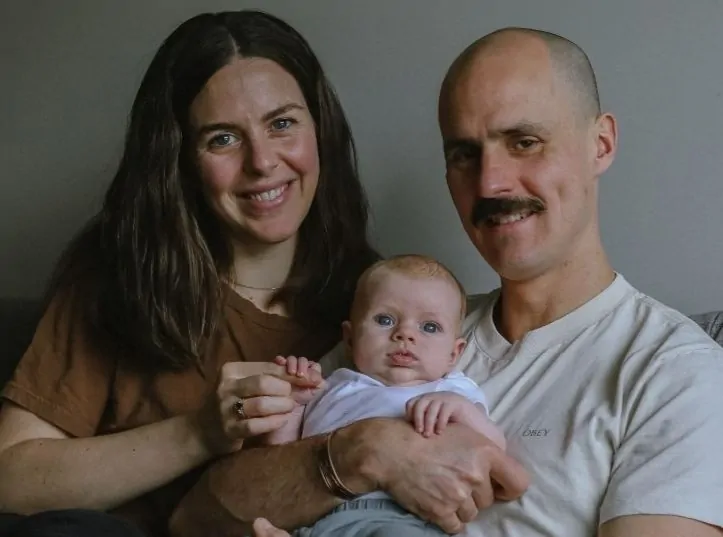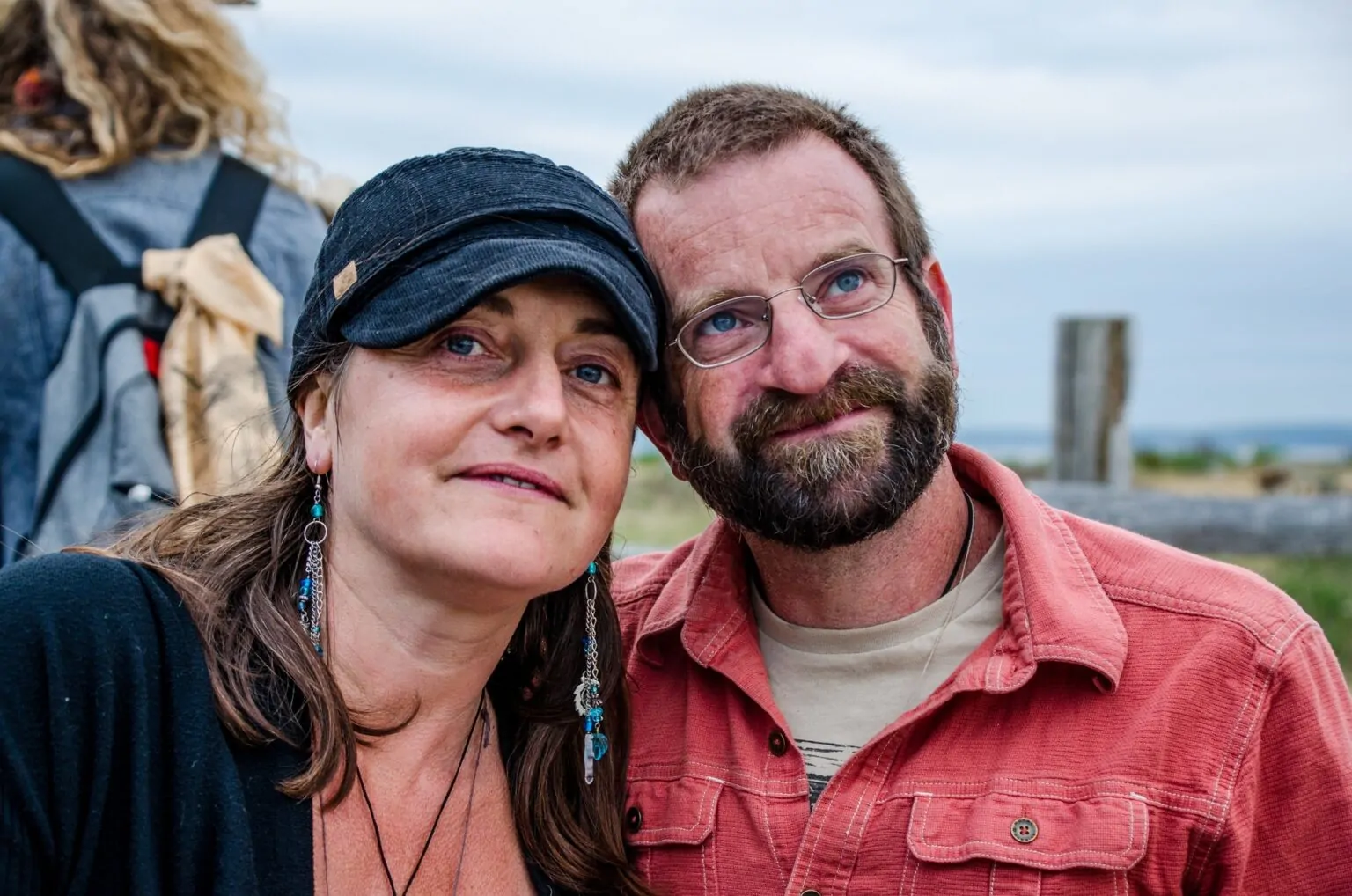My name is Michelle, and I am the Godmother of Lyric. I am starting this fundraiser for her.
We were on our way to Disneyland — her grandmother Felicia, her grandpa Keith, her special needs uncle Stephen, her dad Lamar, as well as myself. We were driving Lyric down to Disneyland because she had graduated to the first grade. On our way down there, Lyric became sick, so we decided that once we arrived in Anaheim, we would take her to the Kaiser emergency department. Once we arrived, they refused to see her. They denied care and told us that we should take her to another Kaiser, which we did. Once we arrived there, they sent her home with amoxicillin, two boxes of Tylenol, and two boxes of ibuprofen. Once we arrived back at the room we were staying in, Lyric went to sleep. She woke up in the early hours, moaning in pain. Around 6 am, we called EMT. Once they arrived, they transported her to CHOC. When she arrived there later that night, she was admitted to the floor. Once there, they sedated her and moved her the next day to ICU, where she was given an LP test, an MRI, and intravenous IV that same night.
In the next couple of days, the neurologist team came in and stated that she has MOGAD.
What is MOGAD?
MOGAD stands for Myelin Oligodendrocyte Glycoprotein Antibody-Associated Disease.
Let’s break that down like this:
• The brain and spinal cord have something called myelin, which is like a soft, protective coating around nerves — kind of like insulation on wires.
• In MOGAD, the immune system gets confused and mistakenly attacks this protective layer.
• It attacks a specific part of that coating called MOG (Myelin Oligodendrocyte Glycoprotein).
This causes inflammation in parts of the brain, spinal cord, and sometimes the eyes, which can lead to:
• Vision problems or eye pain
• Weakness or trouble walking
• Balance issues
• Sometimes seizures or confusion
What Does This Mean for a Child?
A child with MOGAD might experience flare-ups (also called relapses) where symptoms come on suddenly. But with treatment, many kids do very well.
⚕️ Treatments Include:
• Steroids to calm inflammation
• IVIG or plasma exchange to reset the immune system
• Long-term medications to prevent more attacks (if needed)
What Does the Future Look Like?
Hopeful. Here’s why:
• Many children recover well after attacks — especially with early treatment
• Some only have one episode and never relapse again
• Doctors are getting better at diagnosing and treating it
• Research is actively ongoing, and new treatments are being developed
What Families Can Expect:
• Follow-up care with a pediatric neurologist
• Possible rehab (like physical therapy or vision therapy)
• Emotional support for the child and family — it can be a scary diagnosis, but you’re not alone
Lyric has been under heavy sedation. Fast forward, it’s been over two weeks, and we do not have a discharge date at this time, which has been frustrating for us. But we cannot rush her care. However, her father has been at her bedside this whole time. We have to take shifts because we will not leave Lyric alone. We have provided 24-hour bedside care since she has been there. We are hoping that she is discharged soon so we can bring her back home to her family, church, and medical team that is waiting for her. We are asking for any and all support through prayer and financial help as well.
We want to thank everyone for all the s, prayers, calls, and moral support that has been given to us since we’ve been down here.
Please feel free to send anything. Every little bit counts. Thank you again.
Michelle





